Friday Apr 19, 2024
Friday Apr 19, 2024
Saturday, 10 August 2019 00:00 - - {{hitsCtrl.values.hits}}
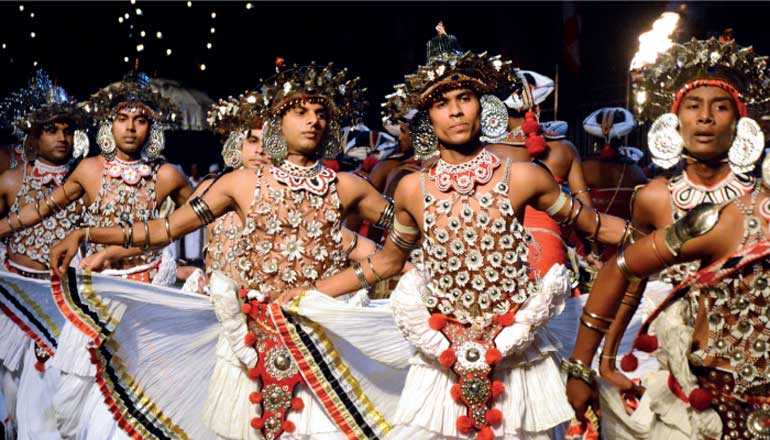
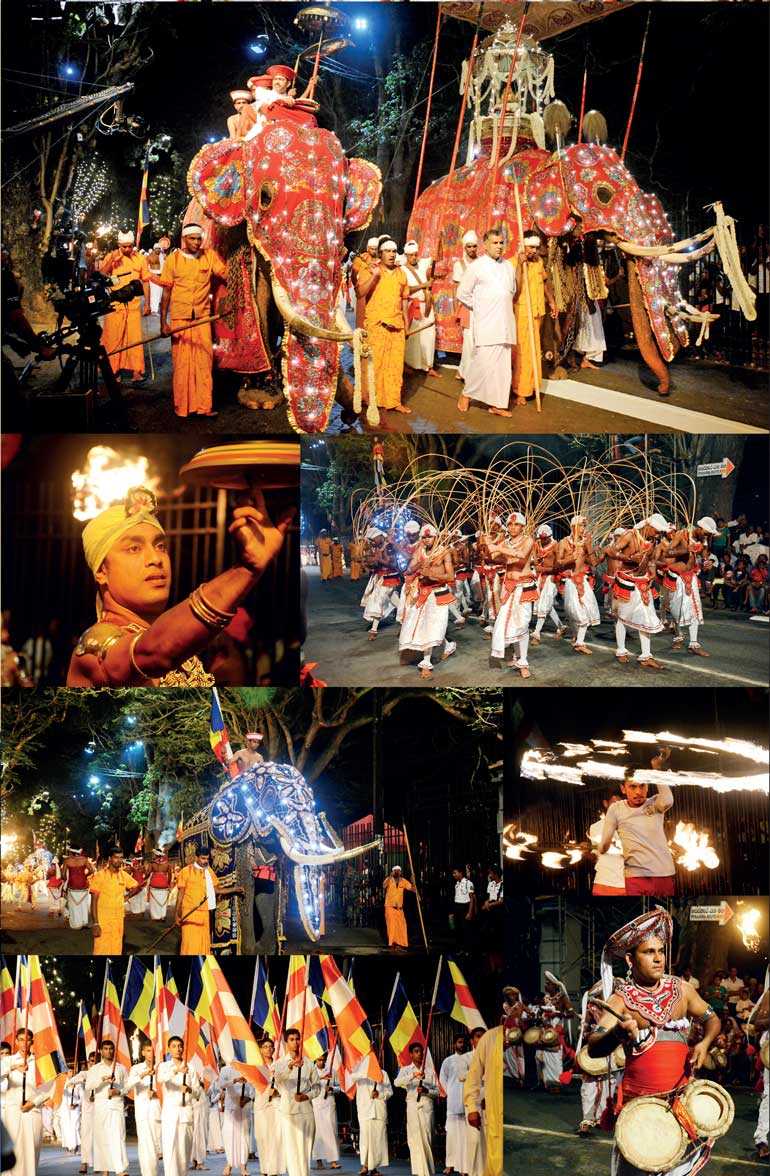
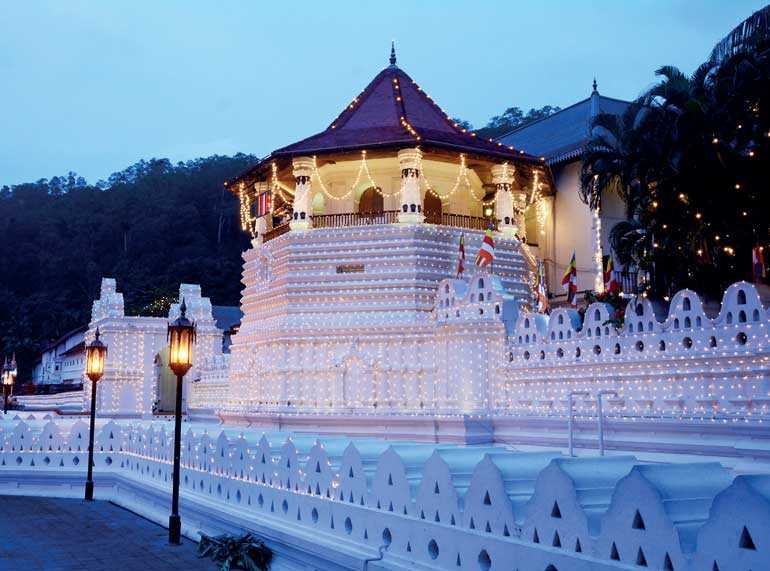
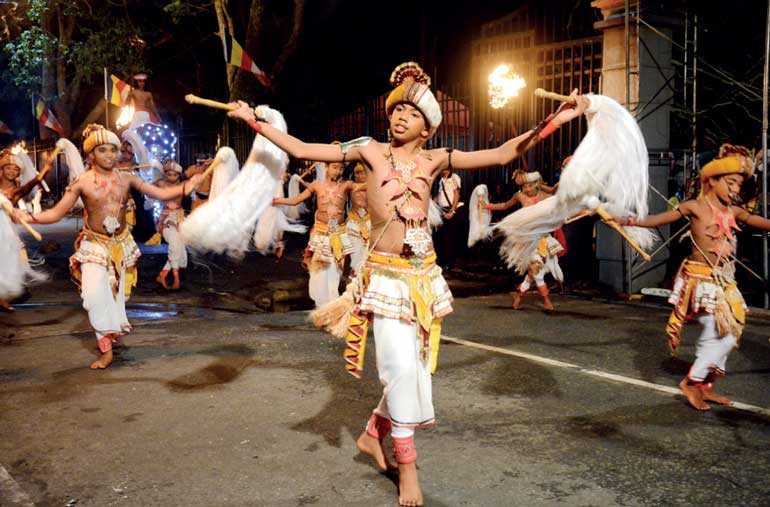

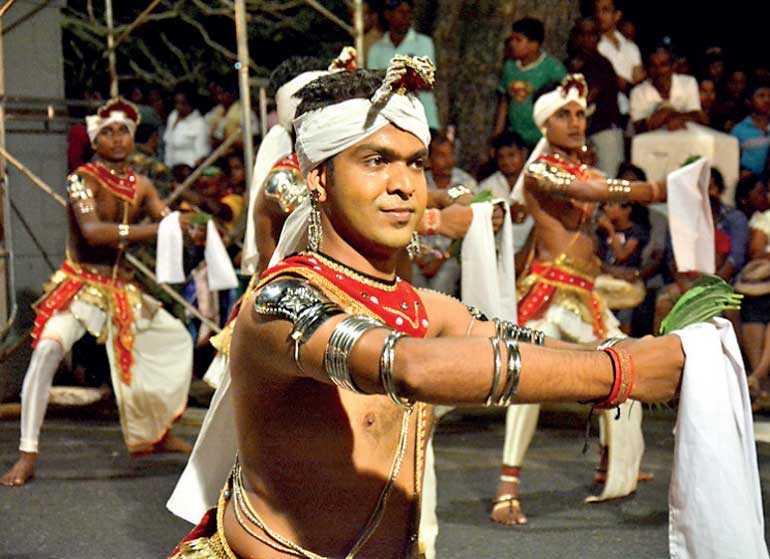
The most glamorous Randoli Perahera begins today, 10 August and continues until Tuesday, 13 August. The final Randoli Perahera is on Wednesday 14 August and the Esala pageant ends with the Day Perahera the following day
By D.C. Ranatunga
“When the Esala moon beacons in late July or early August, the City of old lives again as the Festival most beloved of the Sinhala Buddhists, the Perahera, one of the most magnificent torch-light spectacles anywhere in the world, takes to the streets of Kandy. The town of Kandy itself puts on a bewitching face as the floodlit Maligawa and the twinkling lights of homes on the hill-slopes are reflected on the waters of the Lake against the sombre, mystical darkness of the surrounding hills. The hushed expectancy of the massed thousands of ordinary people on the procession route, as the boom of the ancient Maligawa canon signals the start of the procession, weds the people once again to the faith, pageantry and devotion of a bygone age.”
This is how Vesak Nanayakkara vividly describes the Kandy Perahera, as the annual Esala procession is known, in his book ‘A Return to Kandy’ (1977), devoting one chapter.
Peraheras are common happenings. In our young days a procession was held starting at the village temple on a Full Moon Poya day evening. A number of cyclists led the procession riding the bicycles with the handles decorated with flowers. Drummers followed with children and female folk clad in white walking with flowers in their hands chanting ‘Sadhu Sadhu’.
After they return to the temple the ‘malvatti vendesiya’ takes place in the ‘bana maduwa,’ the preaching hall when a basket of flowers is ‘auctioned’ to collect money to be used for the needs of the monks and temple expenses. The flower basket is sent from hand to hand and each one makes his or her contribution. Those who made the bids gave the amount of the bid. It’s only thereafter that the Dhamma sermon is delivered.
Esala Perahera in Kandy, of course, is totally different to these. It has a long history dating back to the 4th century when King Sirimeghavanna (303-331 AC) ruling in Anuradhapura, the first royal capital of Sri Lanka, ordered that the Tooth Relic be brought out from the enshrined place once a year so that the public could pay homage. The king had received the Relic when Princess Hemamala, daughter of King Guhaseeva of Dantapura (Orissa), accompanied by Prince Danta, brought it to Sri Lanka and handed it over to the King.
The Studio Times publication, ‘Handbook for the Ceylon Traveller’ describes the Kandy Perahera thus: “Down the ages men have described the perahera but only those who have seen realise it is an experience which words fail to convey. There are elephants majestic in appearance and caparisoned with cloths of gold and trappings which make them look like gigantic jewels on the move. There are richly-dressed dancers who seem to defy the motion. There are drummers whose resonant throbbing rises above the tinkling feet of the dancers, the sound of conch shells and the crashing of brass symbols. There are Nilames (custodians) of the devales attired in glorious garb like those worn by the ancestors. There is the fragrance of flowers and joss sticks. It is a gorgeous spectacle, which as it moves along the streets makes the crowds packed to capacity gasp, some in bewilderment and others in awe. The devout raise their voices in invocation and homage.”
Over centuries the Relic had been protected by the kings when there were threats due to foreign invasions, when the Relic was hidden in temples.
King Parakramabahu I (1153-86), the ruler of Polonnaruwa, is reported to have started the Tooth Relic festival – one of the many festivals he had held annually. He also declared himself the legitimate sovereign of the kingdom by virtue of the possession of the Tooth Relic. The relic was moved from place to place during the rule of Magha of Kalinga (1215-36) who ransacked the temples, destroyed the temple libraries and allowed his soldiers to occupy the temples.
To escape from possible invasions successive kings moved from place to place taking the Tooth Relic with them since the Relic was considered the palladium of the ruler. Costly shrines were built by them in inaccessible places and security was arranged to protect the Relic.